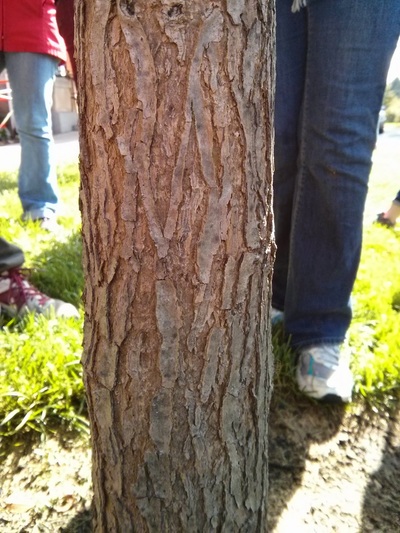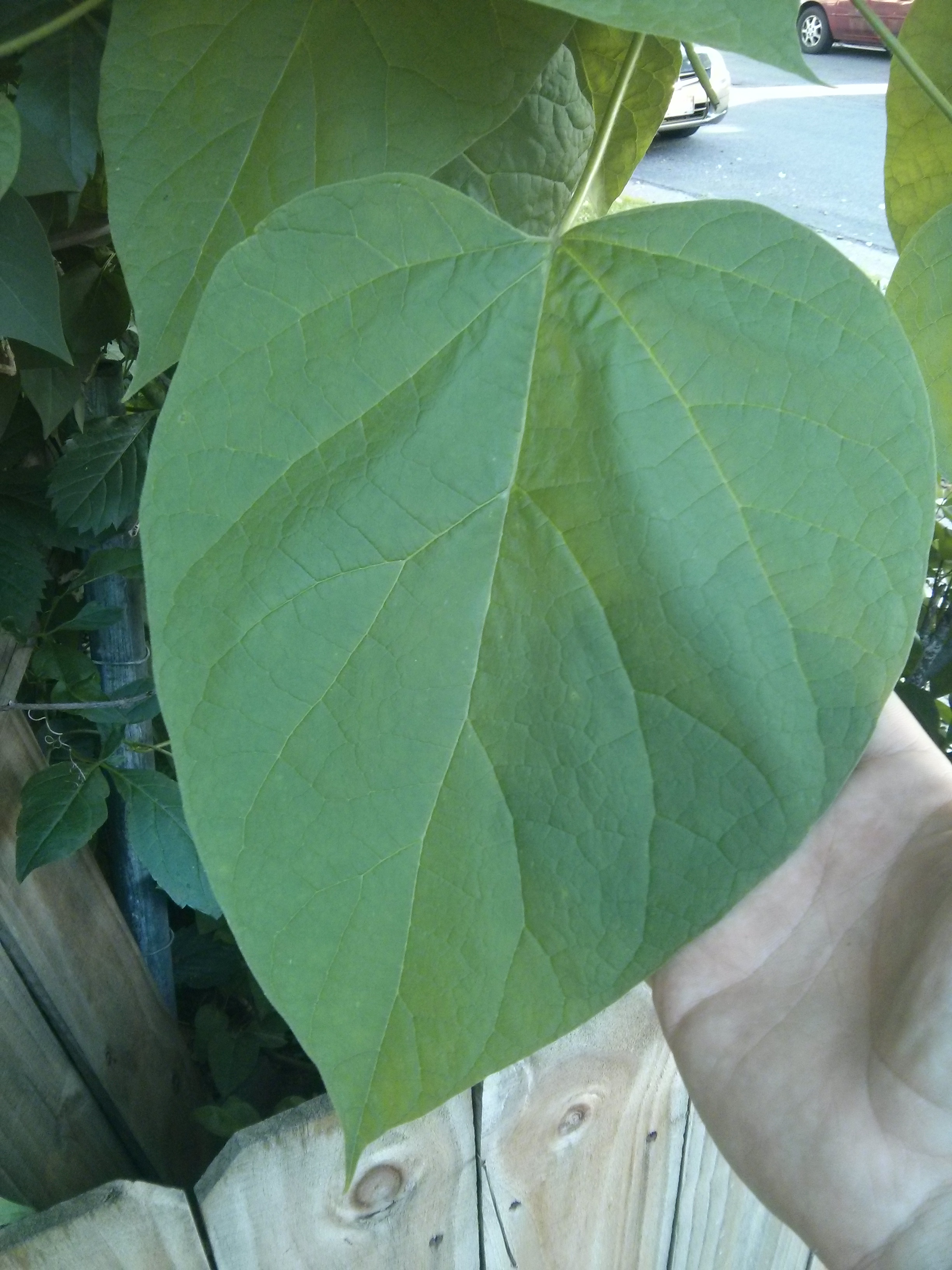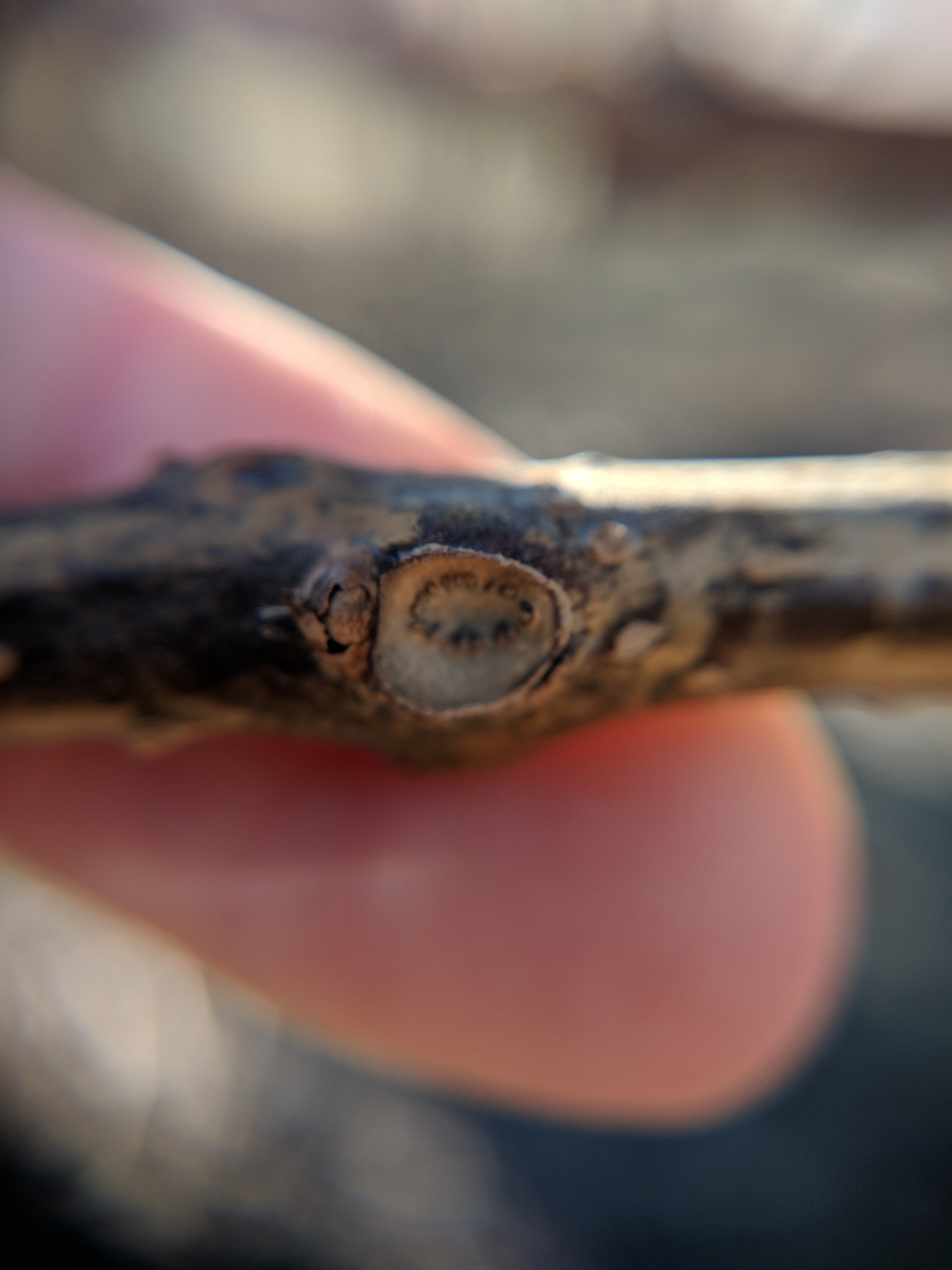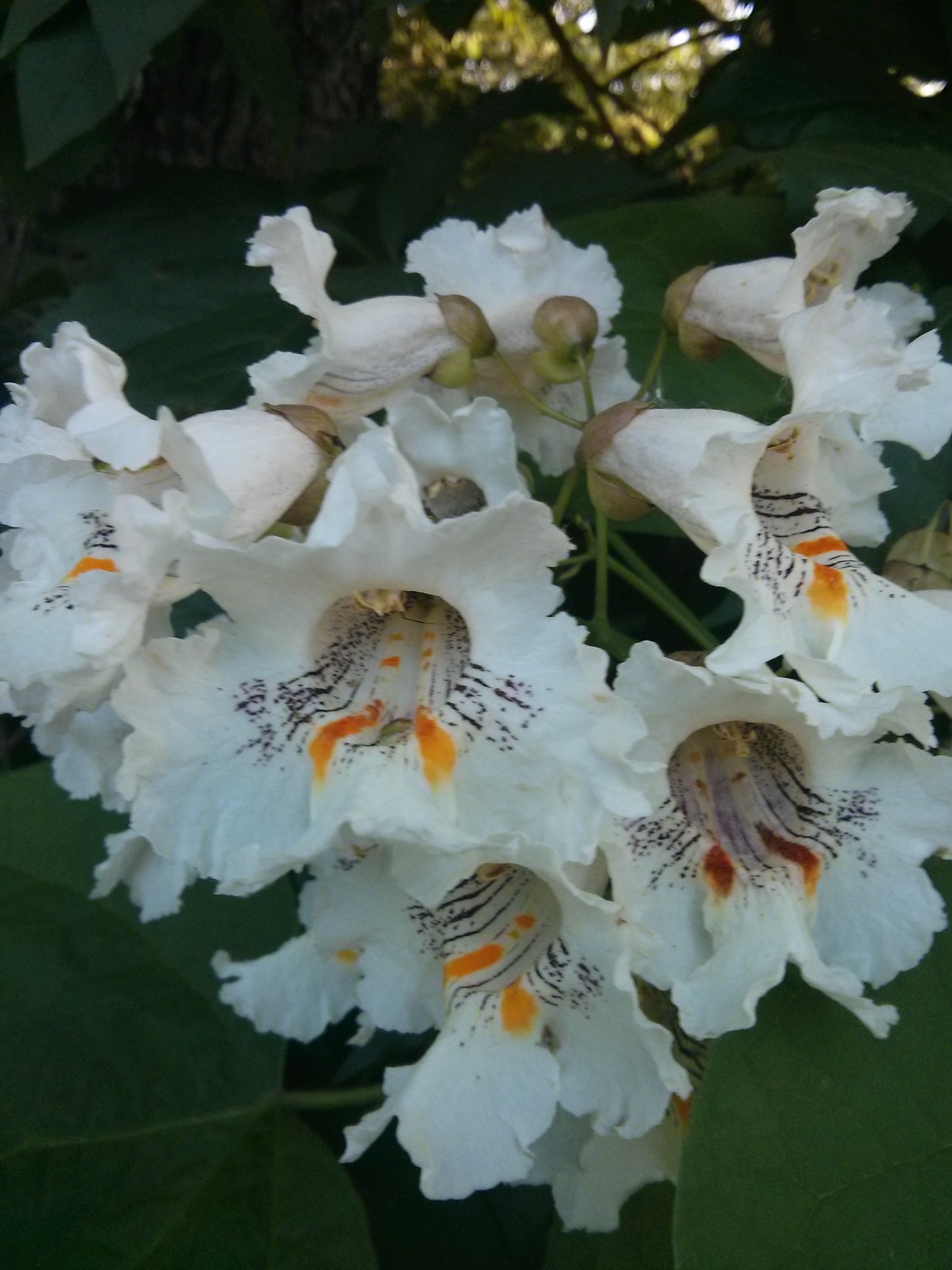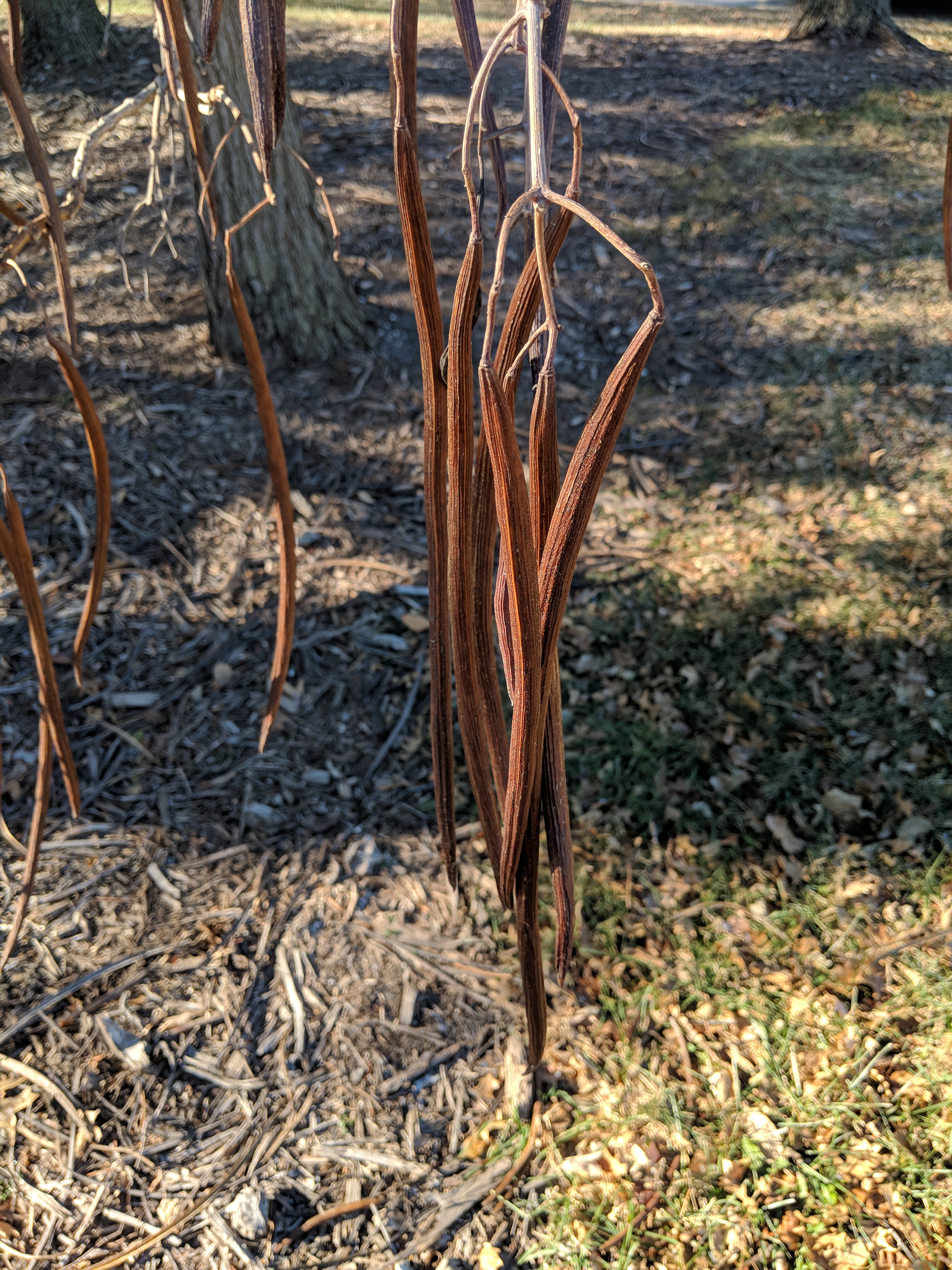Common Name: northern catalpa
Scientific Name:
Family: Bignoniaceae
Genus: Catalpa
Species: C. speciosa
Hardiness Zone: 4 to 8
Height: 40 to 70 ft
Width: 20 to 50 ft
Common characteristics:
The northern catalpa is a large, upright tree. Its bark is a gray-brown that becomes scaly with age. Leaves are simple and large, 6" to 10" long, and heart-shaped. They grow in a whorled or opposite arrangement along branches. In fall the leaves will become yellow-green to brown. Northern catalpa has large showy flowers that are upright in 4" to 8" clusters. The flowers are white, bell-shaped flowers with orange stripes and purple spots and stripes. The fruit of the catalpa is a pod-like capsule, 8" to 20" inches long which is filled with winged seeds.
Where it grows:
Prefers alkaline soil and moist, well-drained soil. The catalpa will tolerate wet sites that experience occasional flooding as well as dry sites. It is also moderately tolerant of road salts.
How it’s used:
Often used in the landscape as a shade tree or ornamental due to its flowers. A good choice for harsh urban conditions. It tolerates drought, poor drainage, and road salt fairly well. It is somewhat of a weak wooded tree and should be planted with caution; the branches can break off during storms. These trees make great landscape additions if pruned and cared for properly.
Ecosystem services:
The catalpa's large showy flowers are utilized by insect pollinators.
Where it is native to:
Native from the lower Midwest into the southern states. It has a small native range in states southeast of Minnesota but is commonly found here now. Well suited for the urban landscape in Minnesota.
Problems:
Susceptible to verticillium wilt, leaf spots, mildew, and twig blight. No serious insect or disease problems.
References:
